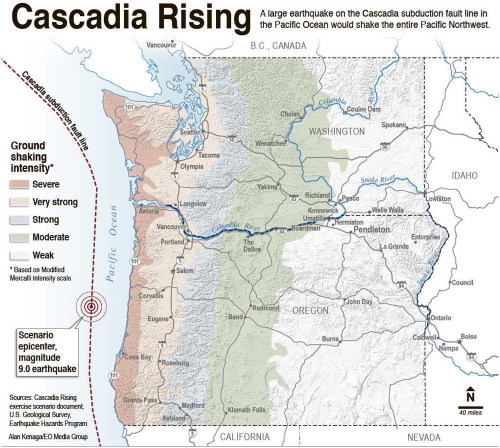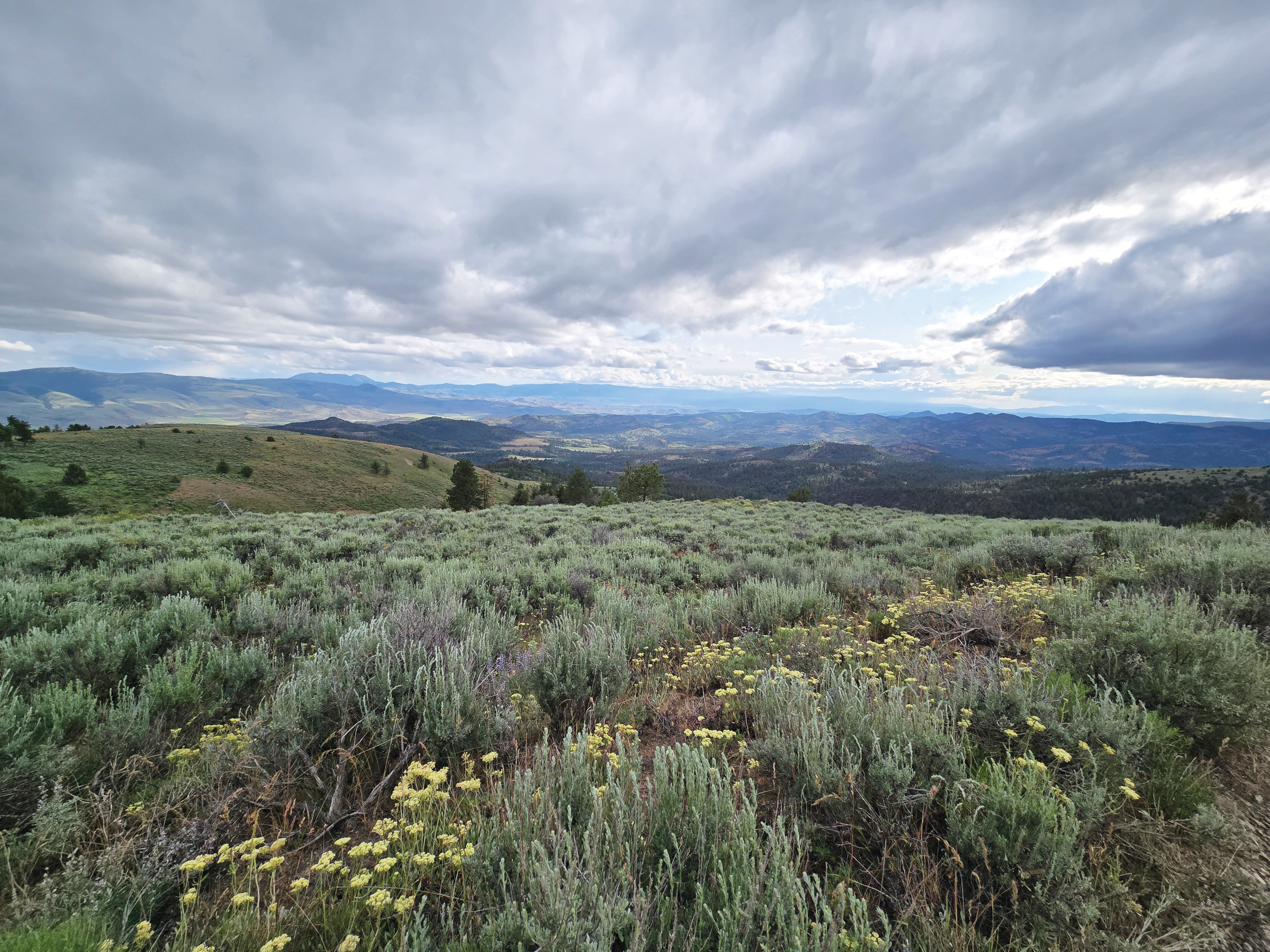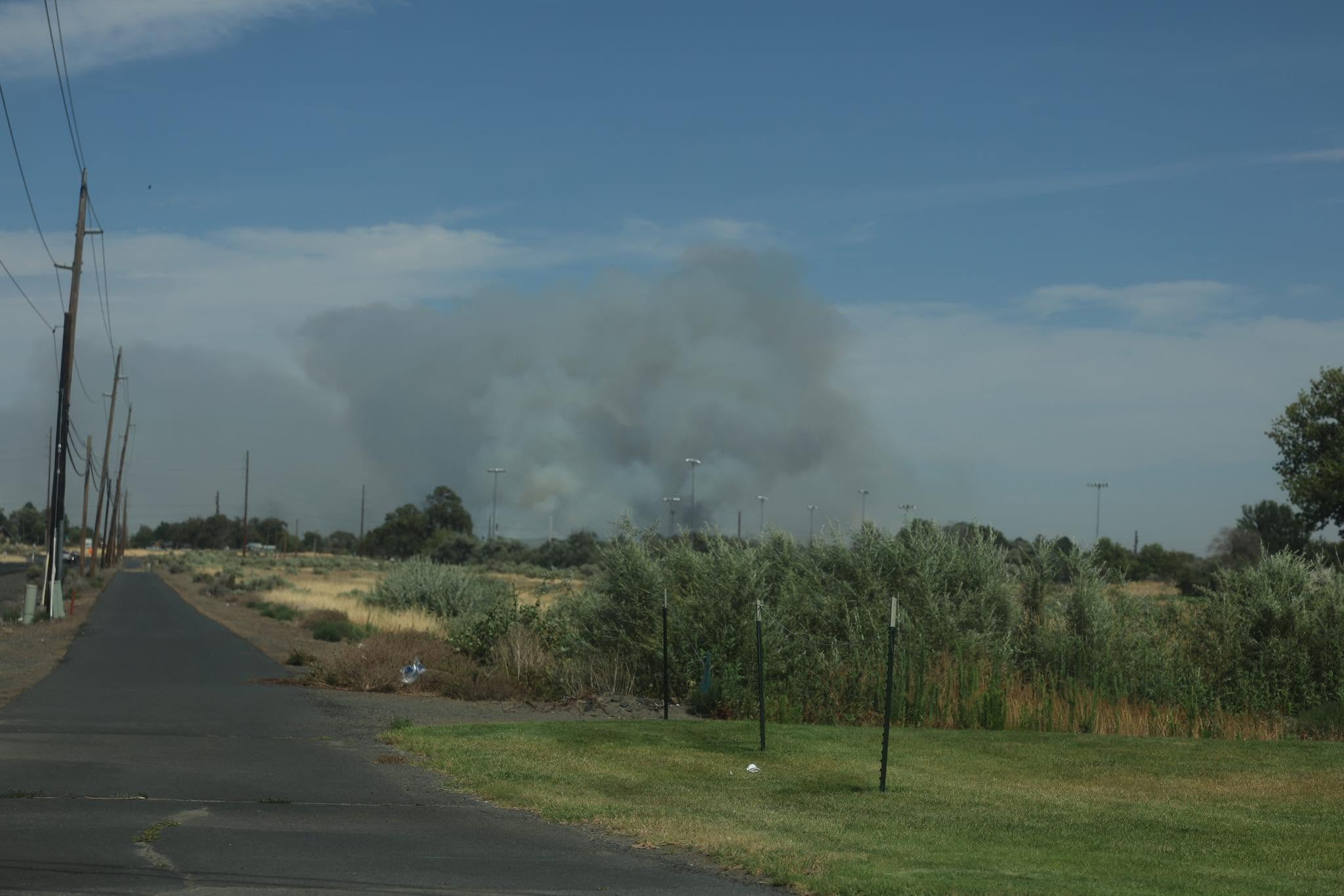Cascadia Day One: Stay calm
Published 4:02 pm Thursday, February 16, 2017

- Cascadia Day One: Stay calm
The biggest natural disaster in the history of the United States, with the power to alter life forever in the Pacific Northwest, will start in Eastern Oregon with the rattling of windows.
That’s what the scientists say.
Rattling windows could mean Cascadia — the “big one” — an 8.0 to 9.0 magnitude subduction zone earthquake that seismologists at Oregon State University predict has about a one in three chance of hitting Oregon and Washington in the next 50 years. Research suggests such a quake has happened an average of every 243 years and the last one was more than 300 years ago.
It could happen 20 years from now. It could happen after we’re all dead. Or it could happen tomorrow.
If it happens tomorrow, the Oregon Office of Emergency Management predicts Umatilla County residents will likely notice some light shaking for four to six minutes, while some Morrow County homes might shake hard enough to knock over unsecured furniture. Next, the lights will probably go out. Then, cell phones, landlines, the internet and natural gas.
Meanwhile, tens of thousands of buildings west of the Cascades will collapse, followed by a massive tsunami that would further destroy coastal cities in Oregon and Washington. FEMA’s 2013 Cascadia Subduction Zone response plan, used this summer for an intergovernmental “Cascadia Rising” drill in the Northwest, estimated 5,200 deaths and 15,500 injuries in Oregon and 9,400 deaths and 12,000 injuries in Washington. But that’s using a hypothetical Feb. 6 morning earthquake with an epicenter 95 miles west of Eugene. Any number of variables, such as peak tourist season at the coast, could push casualties as high as 25,000.
Umatilla County Emergency Manager Tom Roberts said if predictions about Cascadia come true, two things will be essential for Eastern Oregonians: Don’t panic, and be prepared.
“The big thing to take away and remember is that no one knows what’s going to happen until it happens,” he said. “With that in mind we are asking people to prepare for the worst and hope for the best.”
On day one of Cascadia, the most immediate impact Eastern Oregon residents need to be prepared for is a loss of electricity. As the Cascadia Rising scenario document described it, when electrical infrastructure on the western side of the state is destroyed, power will be rerouted to other segments of the network, which is likely to overload the system and trigger protective relays to shut down.
“The loss of load capacity from each switch may cause cascading blackouts extending much further than the impacted area,” the document notes. “Within minutes of the initial shaking, vast regions of Washington and Oregon may experience a complete blackout.”
Umatilla County’s emergency operations center, located inside the justice building in Pendleton, has a backup generator, as do hospitals and other crucial facilities in the county.
The problem, Roberts said, will be keeping those generators supplied with fuel if power is out locally for days or weeks. Oregon has no refineries of its own, and gets its fuel from Washington, which would also be impacted by the quake. More than 90 percent of Oregon’s liquid fuel reserves are located along a six-mile stretch of the Willamette River in Portland that is vulnerable to liquefaction during an earthquake. Long story short: Natural gas and fuel for running generators or vehicles will likely be in very short supply for weeks and transporting it will likely be difficult.
Roberts said the county could possibly stretch its fuel supplies farther using diesel from nearby farms, but there are not currently any such agreements in place.
Nick Bejarano, director of communications for Good Shepherd Health Care System, said the Hermiston hospital has enough fuel to run its generators for 96 hours, and hospitals would be one of the top priorities for any fuel coming in after those four days.
Joe Franell, CEO of Eastern Oregon Telecom and chair of the governor’s Oregon Broadband Advisory Council, said he “doesn’t expect there will be any internet connectivity” in Oregon and parts of Washington in the weeks following Cascadia. The Pittock building in Portland, which serves as the internet hub for the region, is not “seismically stable.” Cell phone towers will also likely be disrupted, and since even today’s landline systems include internet components, “now even the old copper phone lines probably will not work,” Franell said.
Communication to the wider world may be limited to ham radio.
A short list of licensed amateur ham radio operators are spread throughout Umatilla County and Morrow County. If Cascadia hit, the county would rely on them to work in shifts at the emergency operations center in Pendleton, sending and receiving messages from the military as well as state and federal agencies. In addition to audio communications between radio operators, the system also has the ability to send emails to regular email accounts via the radio even if the internet is knocked out.
“It gives the decision-makers who need to know the information they need … to decide where resources will do the most good,” Roberts said, calling ham radio “probably the most resilient” form of long-distance communication.
Alan Polan, ARES/RACES coordinator in Umatilla County, said if ham radio operators in places like Ukiah and Heppner have access to power they can operate out of their homes and report to Pendleton the conditions in their community.
“The beauty of ham radio is the infrastructure is set up by the hams themselves, separate, and so is able to exist off the grid,” he said.
If something happened to the equipment ARES/RACES has set up in the emergency operations center in Pendleton, the Oregon Department of Transportation has also stored a van in Pendleton which could function as a mobile communications center.
State and county officials are working diligently to prepare Eastern Oregon for the possibility of a Cascadia event, but Roberts said the more that individuals, families and businesses prepare, the less of a drain they will be on resources more urgently needed on the west side of the state.
The state’s Cascadia Subduction Zone Response Plan states that “significant aid from state and federal governments to local governments may not be available for at least 72 hours.”
FEMA and the Red Cross recommend citizens build 72-hour kits complete with food and water for three days (see sidebar) to get through that time, since it’s likely that grocery stores will not be open if the power is out.
For individuals with medical conditions, stockpiling emergency supplies can be especially important. Kristy Beachamp, a public health emergency preparedness liaison with Oregon Health Authority, said people should do what they can to put aside extra prescription medications in case an emergency shuts down pharmacies.
They can try filling their prescription a couple of days early each month and putting the extra pills aside in a secure location, she said, or asking for samples from the doctor, although it is important to be aware of expiration dates.
“It can be really tricky to get a month’s supply,” she said.
Umatilla County Sheriff Terry Rowan said people can help law enforcement by not panicking and remembering that help from the outside will eventually come, and that they can start helping each other “at the grassroots level.”
“I think the key is preparedness,” he said. “If today you prepare, you don’t have to be so afraid of the event that you stop living your life.”
———
Contact Jade McDowell at jmcdowell@eastoregonian.com or 541-564-4536.
Stay tuned for the next installment in the series, Cascadia Day Seven, on Tuesday.









